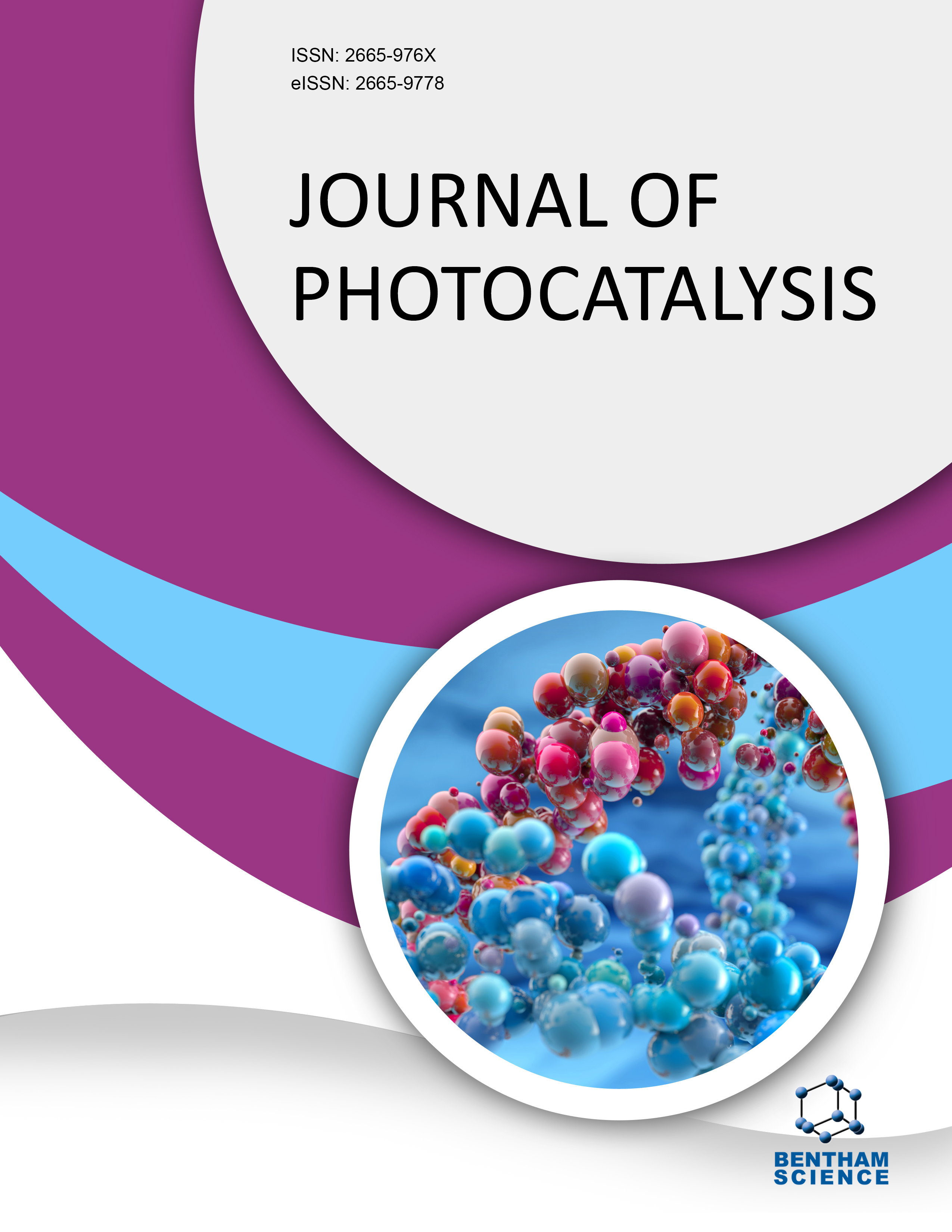- Home
- A-Z Publications
- Journal of Photocatalysis
- Issue Home
Journal of Photocatalysis - Current Issue
Volume 4, Issue 1, 2024
-
-
Superoxide Ion-Assisted Radical Cascade Reaction: Synthesis of 3-nitro-4-aryl-2H-chromen-2-ones from Aryl Alkynoate Esters under Methylene Blue Visible Light Photocatalysis
More LessAuthors: Palani Natarajan, Meena and PartigyaBackgroundFrom an industries and academic perspective, there is a need for a method for producing 3-nitro-4-aryl-2H-chromen-2-ones from aryl alkynoate esters that is both economic and environmental benign. In this context, superoxide ion-assisted radical cascade reaction can be an efficient and greener protocol.ObjectiveHerein, we have demonstrated an unprecedented methylene blue (MB) visible light photocatalys Read More
-
- Materials Science
-
-
-
Feasible Synthesis of C Fibers@C-MoO2+x Submicro-particles Core-shell Composite for Highly Efficient Solar-driven Photocatalyst
More LessAuthors: Yan Chen, Meng Wang, Zhijian Peng and Xiuli FuIntroductionMolybdenum dioxide (MoO2) is attractive due to its applications in optical, electrical, and new energy fields. However, due to the poor conductivity, pure MoO2 possesses inferior photocatalytic activity because of the strong recombination between photogenerated electrons and holes.MethodsOne of the methods to overcome this shortage is to enable nanostructured MoO2 to be composited wi Read More
-
-
-
-
Kinetic Analysis of Solvent Effect in the Photocatalytic, Aerobic Oxidation of Benzyl Alcohol over P25
More LessAuthors: Nosaibeh Nosrati-Ghods, Nicholas Stuart Featherstone and Eric van SteenBackgroundPhotocatalysis is of particular importance in the oxidation of alcohols to aldehydes to increase the conversion of benzyl alcohol oxidation to benzaldehyde at high selectivity, which could be useful for the pharmaceutical and perfumery industries.ObjectiveThe oxidation of benzyl alcohol over P25 was investigated in various solvents (water, benzotrifluoride, toluene and acetonitrile).MethodsThe reaction was Read More
-
Volumes & issues
Most Read This Month Most Read RSS feed
Article
content/journals/photocat
Journal
10
5
false
en


